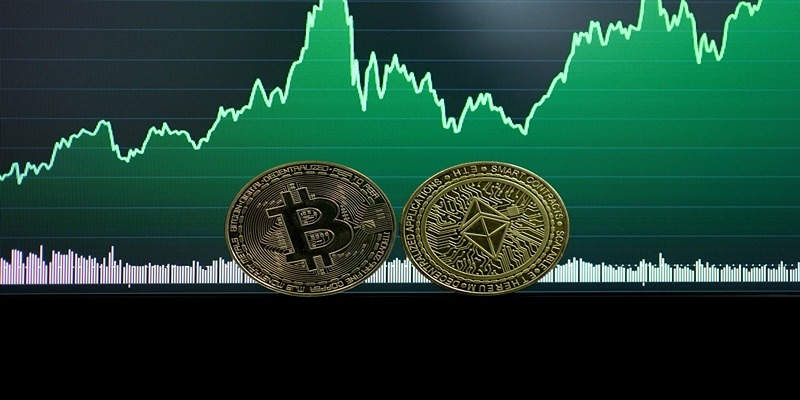Obesity is a growing health crisis that affects millions of people worldwide. Interestingly, it wasnt always classified as a disease. For years, obesity was viewed primarily as a lifestyle issuean outcome of poor choices in diet and exercise. However, as our understanding of the condition evolved, so too did the way it was classified in medical terms.
This shift in classification marked an important turning point in public health approaches and policies. Alongside this reclassification, obesity prevalence rates have been rising steadily, posing significant challenges to healthcare systems and societies. This article delves into the history of obesitys classification, explores why prevalence rates are on the rise, and discusses what these trends mean for public health.
The classification of obesity as a disease is relatively recent. Historically, obesity was seen more as a character flaw than a medical condition. In ancient cultures, excess weight was sometimes even seen as a symbol of wealth and status. However, with the advent of modern medicine and a better understanding of the human body, obesity began to be recognized as a health concern rather than merely a personal failure.
In the 20th century, as lifestyle changes, processed foods, and sedentary behaviors became more widespread, obesity emerged as a growing issue. Yet, it wasnt until the 1990s and early 2000s that significant strides were made toward classifying it as a disease. The World Health Organization (WHO) first recognized obesity as a global epidemic in 1997, emphasizing its role as a driver of non-communicable diseases like diabetes and cardiovascular conditions. In 2013, the American Medical Association (AMA) officially classified obesity as a disease, which was a pivotal moment in public health. This classification wasnt just symbolicit impacted how obesity was treated, funded, and understood within healthcare systems.
Classifying obesity as a disease was not without controversy. Critics argued that labeling obesity as a disease could lead to over-medicalization and stigmatization. Some feared it would shift the focus from addressing lifestyle factors like diet and exercise to simply prescribing medications or surgical solutions. Others worried that it could reduce personal accountability by implying that obesity is solely a medical condition, rather than a preventable outcome.

Supporters, however, argued that recognizing obesity as a disease would lead to better healthcare access, insurance coverage for treatments, and more robust research funding. They believed that this reclassification would also promote a more compassionate understanding of the condition, acknowledging that its influenced by complex factors including genetics, biology, environment, and socio-economic status.
Even as obesity has been more thoroughly recognized as a disease, its prevalence continues to climb at alarming rates. There are several key reasons behind this rise:
One of the most significant contributors to rising obesity rates is the change in global dietary habits. The availability and affordability of ultra-processed foods high in sugar, salt, and unhealthy fats have drastically increased. These foods are not only calorie-dense but also lack essential nutrients, leading to what is often called hidden hunger, where people consume large quantities of food without meeting their nutritional needs. Fast food culture and aggressive marketing of unhealthy products have further fueled this trend, particularly among younger populations.
Modern life has become increasingly sedentary. With technological advancements, people now spend more time sittingwhether at desks, in cars, or in front of screensthan ever before. This reduction in physical activity, combined with high-calorie diets, creates the perfect conditions for weight gain. Urbanization and the rise of sedentary jobs have exacerbated this problem, leading to a mismatch between energy intake and energy expenditure.
Socioeconomic status plays a critical role in obesity rates. In many low-income communities, healthy food options are either unavailable or unaffordable. This is often referred to as living in a food desert, where the lack of grocery stores or fresh produce makes it difficult for people to make healthier choices. Additionally, neighborhoods with fewer parks, unsafe walking conditions, or limited recreational spaces contribute to inactivity, further exacerbating the issue.

There is growing evidence linking obesity to mental health issues. Stress, anxiety, and depression can lead to emotional eating and overconsumption of comfort foods. In some cases, food becomes a coping mechanism, particularly when access to mental health resources is limited. The stigma associated with obesity also creates a vicious cycle, where those struggling with their weight may avoid social settings or activities that could otherwise help them improve their health.
While lifestyle factors are significant, genetics also play a role in obesity. Some individuals are predisposed to weight gain due to their genetic makeup, which can affect metabolism, fat storage, and hunger signals. Additionally, research shows that early childhood nutrition and even prenatal factors can influence obesity risk later in life. While genetics alone do not determine obesity, they interact with environmental factors to increase the likelihood of developing the condition.
The rising prevalence of obesity has wide-reaching implications for public health, economies, and social structures. From a healthcare perspective, obesity is a major driver of chronic diseases such as type 2 diabetes, heart disease, and certain cancers. These conditions place a tremendous strain on healthcare systems, leading to increased costs and resource allocation challenges.
On a societal level, the economic burden of obesity is significant. The condition leads to lost productivity, higher absenteeism rates, and increased disability claims. For individuals, obesity can limit their quality of life, contributing to mobility issues, social stigma, and mental health struggles. Public health campaigns and interventions have increasingly focused on reversing these trends, yet progress remains slow, partly because of the complex and multi-faceted nature of the issue.
Obesity's classification as a disease reflects a significant shift in understanding a condition that has long been misunderstood. This reclassification recognizes that a range of factors beyond individual control, including genetics, environment, and social determinants of health influences obesity. However, while this change has led to more targeted medical interventions, it has done little to curb the steady rise in obesity rates.
The increase in obesity prevalence can be attributed to modern dietary habits, sedentary lifestyles, socio-economic challenges, and even psychological factors. As this health crisis continues to grow, it becomes clear that addressing obesity requires a comprehensive approachone that goes beyond individual choices and considers the broader context in which people live.

By Kristina Cappetta/Oct 16, 2024

By Triston Martin/Oct 03, 2024

By Sean William/Dec 24, 2024

By Madison Evans/Sep 01, 2024

By Alison Perry/Sep 01, 2024

By Korin Kashtan/Sep 02, 2024

By Rick Novak/Jul 13, 2024

By Sid Leonard/Aug 31, 2024

By Georgia Vincent/Aug 27, 2024

By Madison Evans/Dec 02, 2024

By Vicky Louisa/Aug 31, 2024

By Tessa Rodriguez/Sep 02, 2024